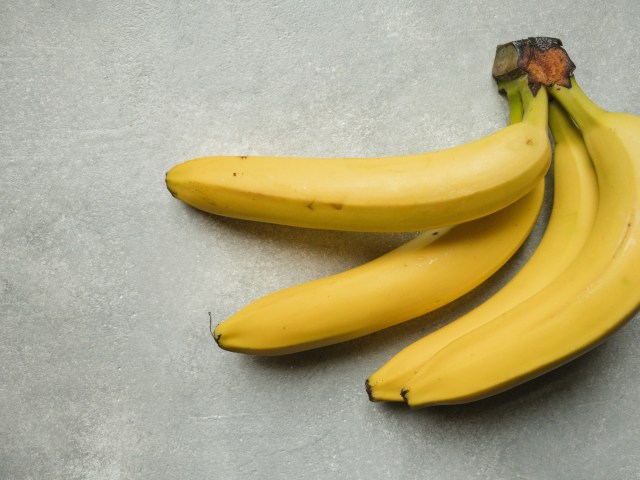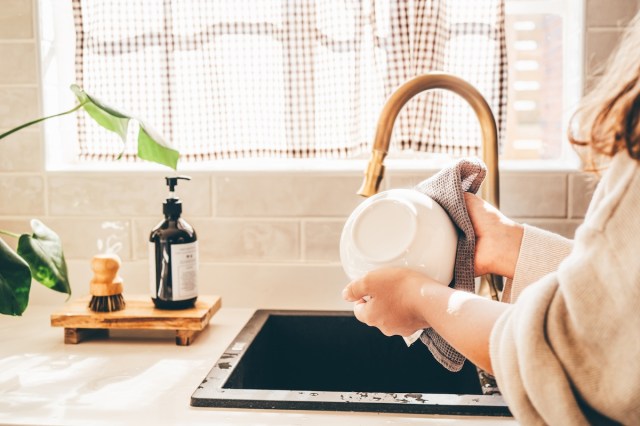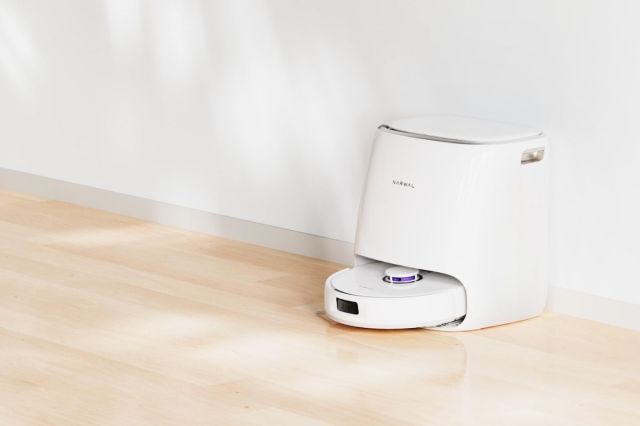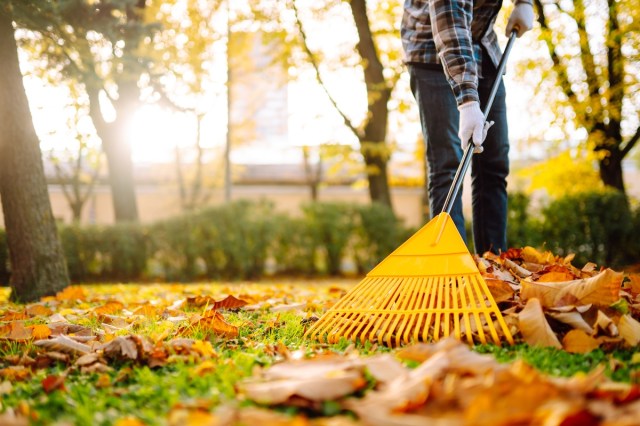Nothing’s worse than biting an apple to find it’s gone mushy or discovering a bag of potatoes has sprouted a handful of creepy-looking “eyes.” Storing fresh fruits and vegetables in the proper place — be it the produce drawer of your refrigerator or in a cool spot in the pantry — has a few perks. Doing so can extend the life of your perishables, helping you reduce waste, shop less, and lower your grocery bill. This handy guide to storing fresh fruits and vegetables will help your grocery haul last for the longest time possible.
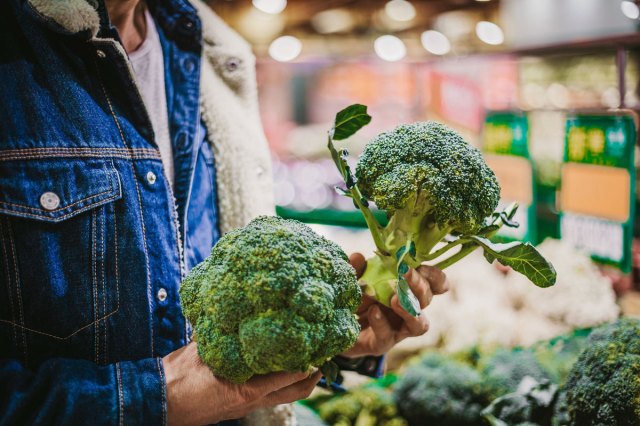
Keep These Fruits and Veggies in the Fridge
Some shoppers put all their fresh produce right into the fridge, which isn’t necessarily a bad idea. Cooler temps do slow how quickly foods deteriorate, helping them last longer, though some produce can become mushy or mealy when kept in a 40-degree environment. Free up some shelf space by prioritizing room for these fruits and veggies that should always be refrigerated:
• Asparagus
• Beans
• Berries
• Broccoli
• Brussels sprouts
• Cabbage
• Cauliflower
• Celery
• Cherries
• Corn
• Ginger
• Grapes
• Leafy greens
• Mushrooms
• Okra
• Peppers
• Root vegetables
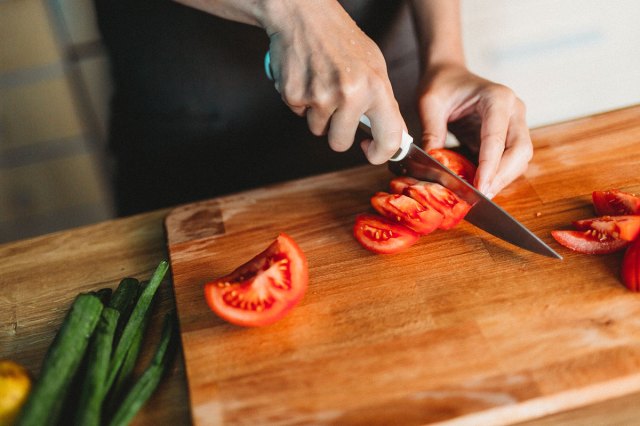
Store These Types of Produce at Room Temperature
There’s a reason why grocery stores keep some fruits and vegetables out in the open, away from coolers or water-misting displays. Some produce keeps better on the counter at room temperature and far from moisture. Here are the fresh foods you’ll want to store outside the refrigerator. Just be sure to remove them from plastic bags that trap moisture and reduce airflow —two issues that can speed up spoilage.
• Apples (only if they will be eaten within two weeks)
• Bananas
• Citrus fruit
• Cucumbers
• Eggplants
• Summer squashes
• Tomatoes
• Zucchini
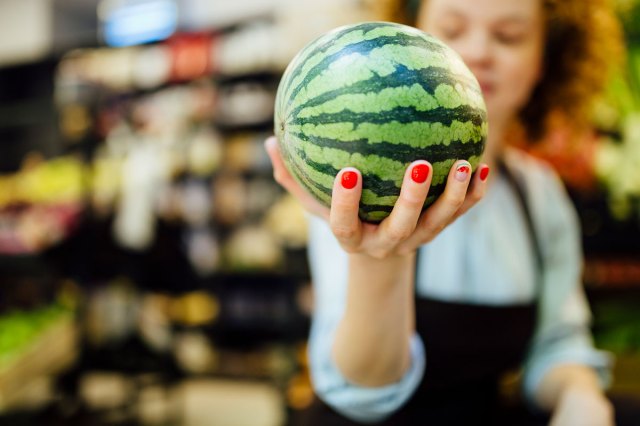
Move These Fruits Into the Fridge After Time on the Counter
Most fruits do just fine at room temperature. Hardier varieties, like apples, can linger on the counter for up to two weeks, though cooler temps can keep them fresh until a craving kicks in. Softer fruits, like peaches and pears, also keep best on the counter until they reach their maximum ripeness. In either case, move these fruits to the refrigerator to help them last a few additional days (or more!).
• Apples
• Apricots
• Avocados
• Kiwi
• Melons
• Nectarines
• Peaches
• Pears
• Pineapple
• Plums
Reader Favorites
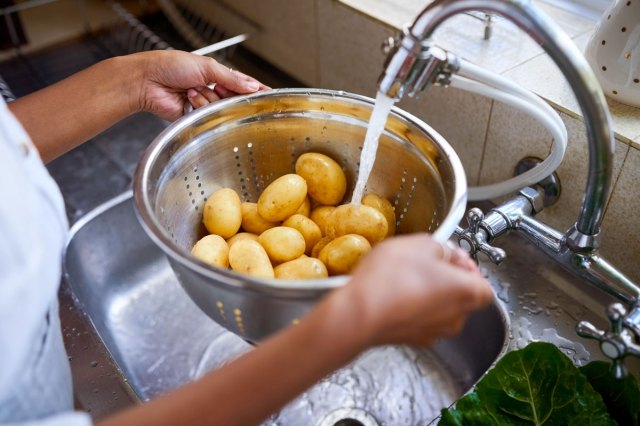
Keep These Foods in a Cool Pantry
Out of sight, but not out of mind — some produce is better kept in a cool pantry spot, away from direct sunlight and warm temperatures that can cause them to sprout or decay prematurely. However, your selected storage area should be well-ventilated — circulating air can reduce moisture building that causes food rot. These produce selections keep best in a cool pantry:
• Garlic
• Onions
• Potatoes
• Sweet potatoes
• Winter squashes
• Yams
Remember, refrigerator-free storage rules only apply for whole, uncut produce that’s free from bruises. Leftover fruits and vegetables that have been sliced into should be moved to a storage container inside the fridge to prevent bacteria growth and spoilage. And bruised or dented foods should be prioritized in your next meal to keep them from going to waste.
Featured Image Credit: milan2099/ iStock
More From Our Network
Better Report is part of Inbox Studio, which publishes content that uplifts, informs, and inspires.
